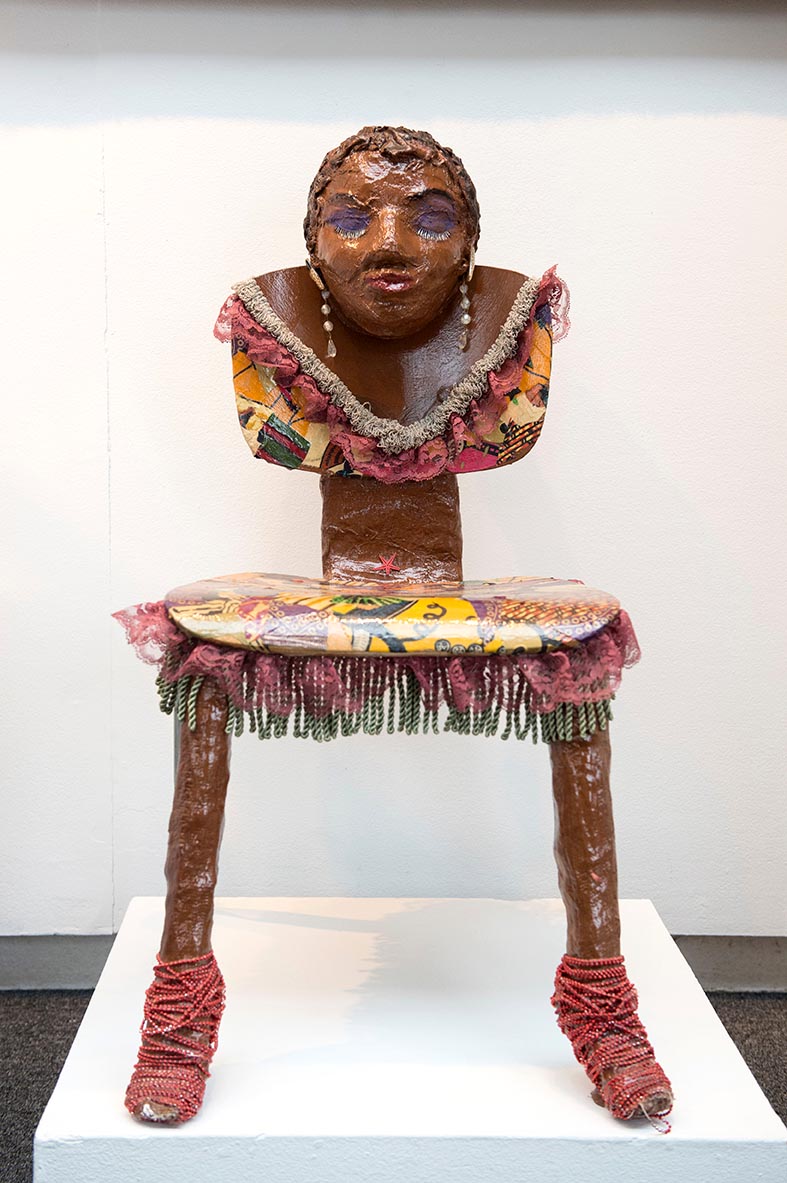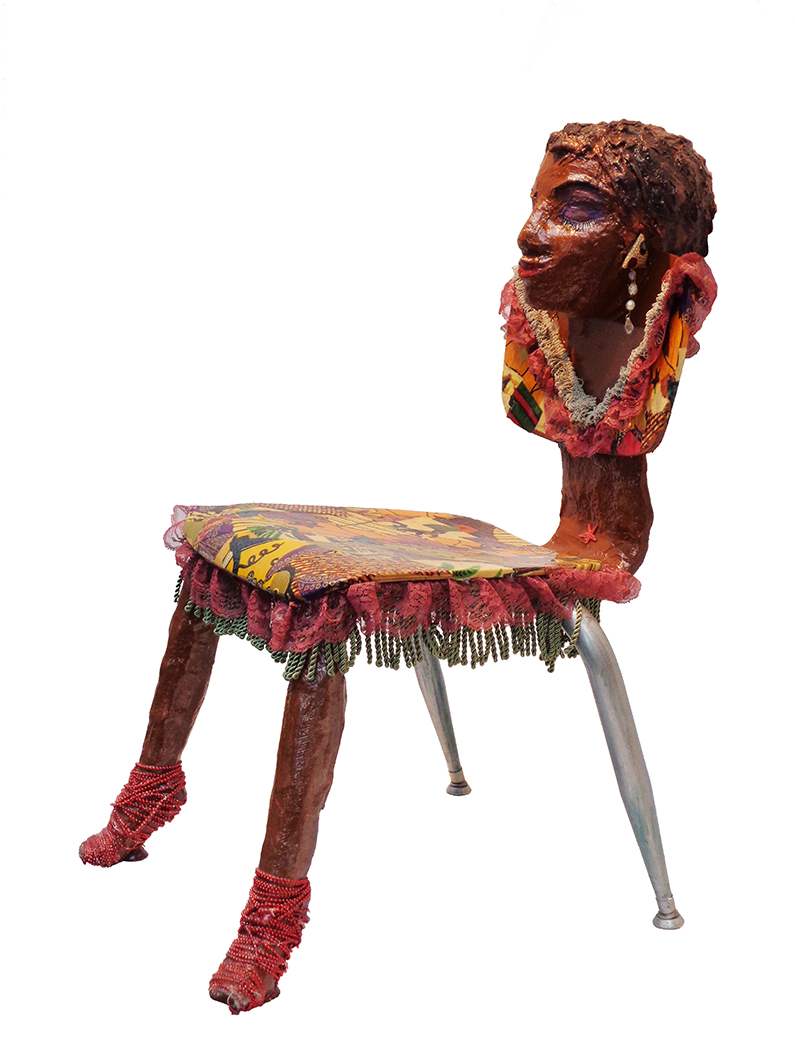Headrests, Stools, and Chairs
/https://dev6.siu.edu//search-results.php
Last Updated: Oct 18, 2023, 03:23 PM
Headrests, Stools, and Chairs
Ethiopian Galla Headrest
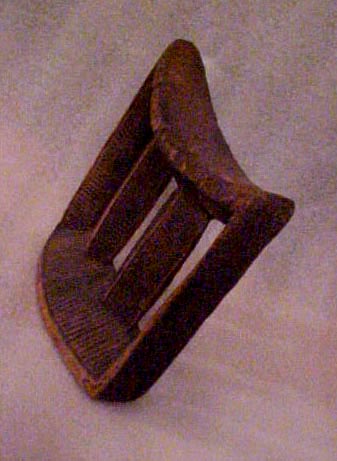
(Photo: Sharon Joseph)
Ethiopian Galla Headrest
C20th. Wood.
12 x 18 x 14 inches.
Reginald Petty African Art Collection.
Ethiopian Galla Stool

(Photo: Leonard Gadzekpo)
Ethiopian Galla Stool
C20th. Wood.
11 x 12 x 14 inches.
The Reginald Petty African Art Collection.
Lobi Personal Stool
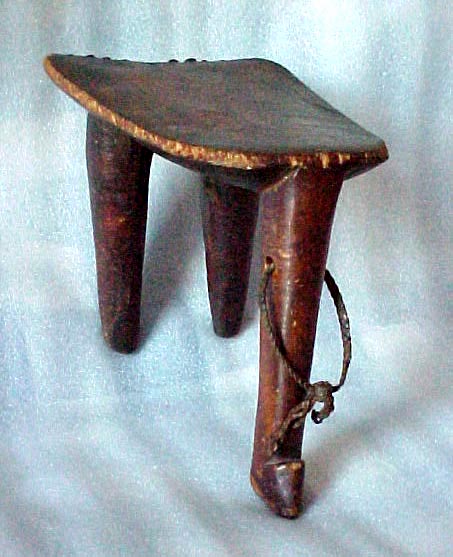
(Photo: Leonard Gadzekpo)
Lobi Personal Stool
C20th. Wood.
11 x 13 x 14 inches.
The Reginald Petty African Art Collection.
Ashanti Stool
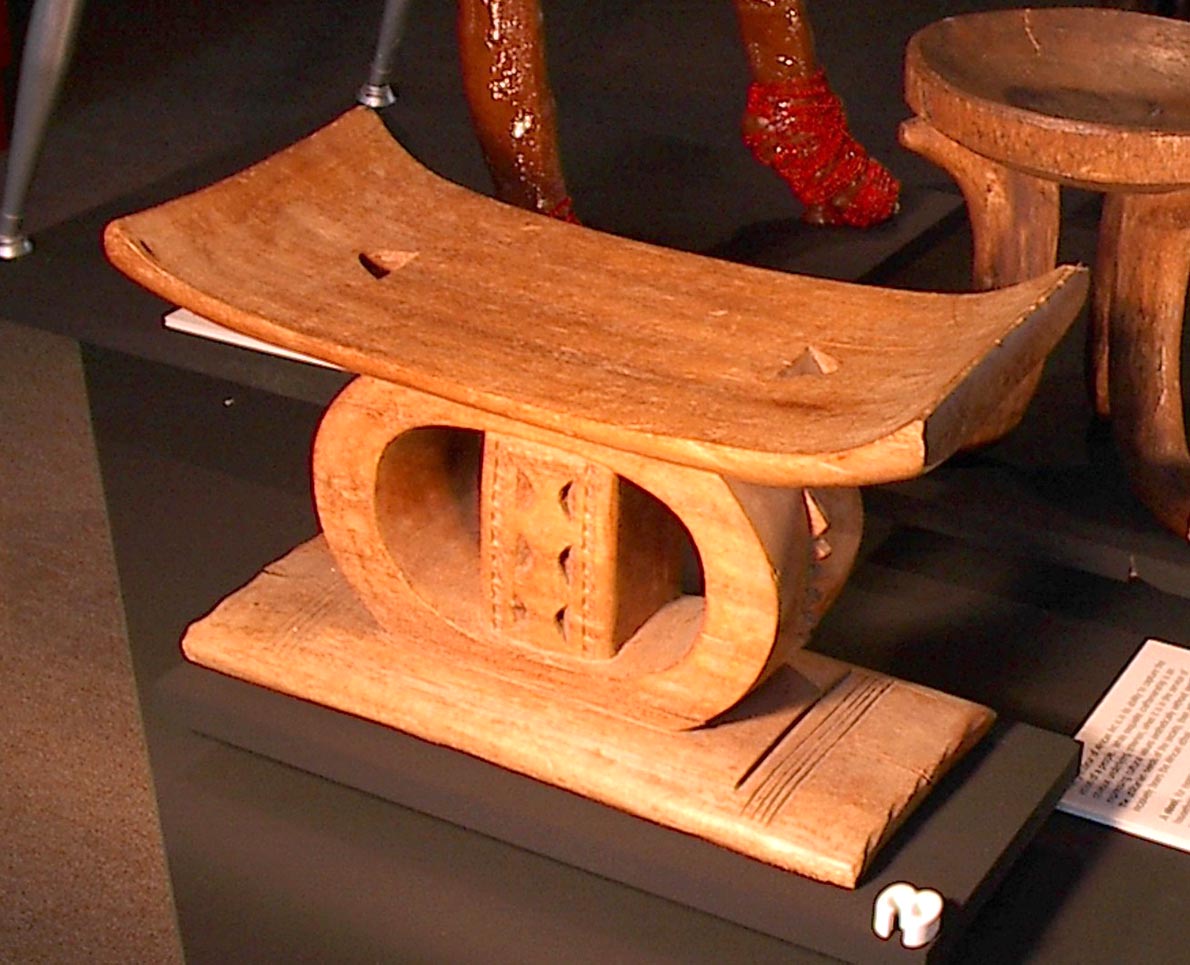
(Photo: Leonard Gadzekpo)
Ashanti Stool
C20th. Wood.
12”x18”x 14 inches.
The Reginald Petty African Art Collection.
Sculptural Chair, Stools, and Headrest
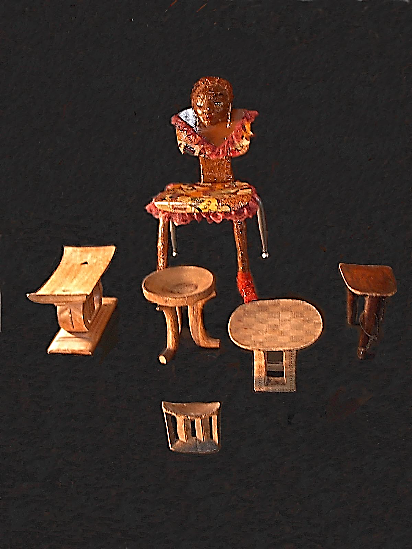
(Photo: Sharon Joseph)
Sculptural Chair, Stools, and Headrest
Kongo Stool

(Photo: Leonard Gadzekpo)
Kongo Stool
C20th. Wood.
15 x 15 x 22 inches.
The Petty African Art Collection.
Fafra Chair
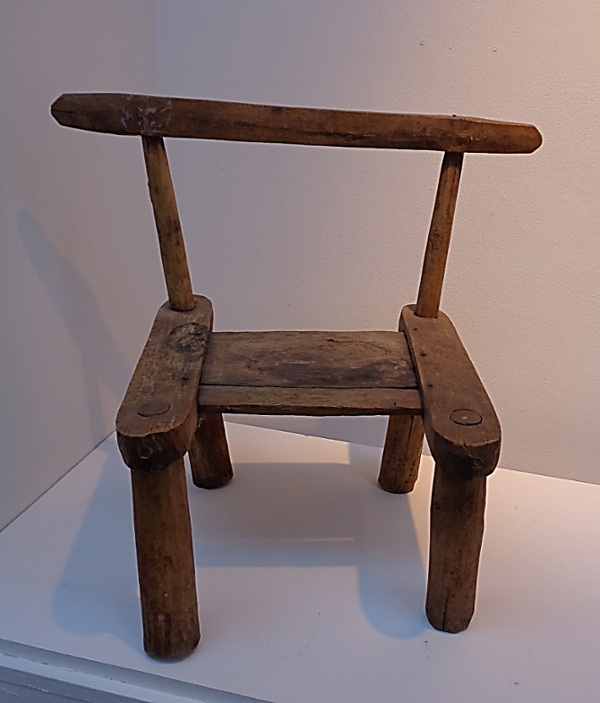
(Photo: Leonard Gadzekpo)
Fafra Chair
C20th. Wood.
14 x 16 x 28 inches.
The Petty African Art Collection.
There Must Be A Source
Aware of the symbolism and utilitarian aspects of stools and chairs among Africans and in the African Diaspora, Edna Patterson-Petty created a series of sculptural chairs. Inspired by a poem written by Rev. Dr. Joseph Brown, SJ, entitled, "There Must Be A Source," Patterson-Petty drew on her understanding of those aspects and linked them to modern Africana. Brown, in turn, was inspired by a Miles Davis' majestic and exquisite 1985 12-minutes-long jazz composition, "Filles de Kilimanjaro" (Daughters of Kilimanjaro). The highest mountain in Africa, Kilimanjaro in Tanzania, is also the highest single free-standing mountain in the world. The music, poetry, and mixed-media sculpture pieces express Africana aesthetics and a sophisticated and complex cultural ethos.
(Photo: Rusty Bailey)
Patterson-Petty, There Must Be A Source.
2002. Mixed Media.
18 x 24 x 38 inches.
There Must Be a Source Poem
that plays inside the heads of these young girls
who walk so
softly so softly
the long thin arms
moving easily with a slow swing brushing against
the also thin hard legs that partly pace
partly marching
like cats brown black and soft young girls
with the firm look of untested flesh
that music
must be sad that they hear from somewhere
because they walk so softly and with a sureness
of time that no one ever learns but is with them
from somewhere
and always
one of them plays
her woman game with a boy on the street and
there are no words just a moment made old
because her eyes tell him his body is good
and young and untested and he knows
and
she quietly easily softly slaps his face with
gentleness
holding him to her for just a pulse
they are intimate and understanding here on
the corner and they both move to a music that
comes from inside
a music that no one that young
could know
which means that inside
they are old and it is another world that
has made them old
and given them this music
which is soft and it is sad
-Luke
Inspired by “Filles de Kilimanjaro,” by Miles Davis
“There Must Be A Source” by Rev. Dr. Joseph Brown, SJ, published in America in 1968, and won the America Press Foley Award in 1969.
